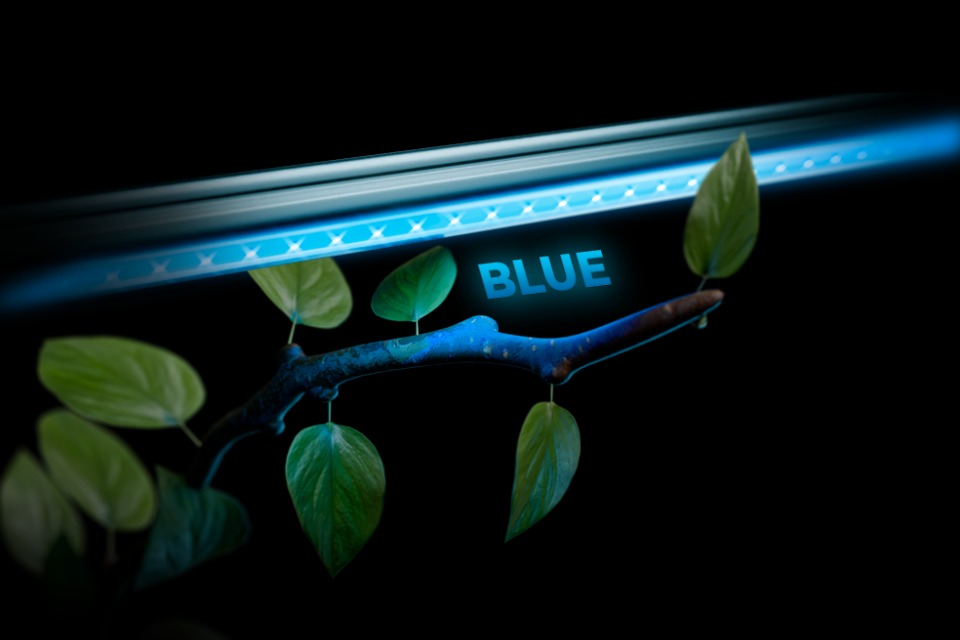When you’ve already dialed in your grow space with powerful full-spectrum lighting, proper ventilation, and nutrient-rich soil or hydro, what comes next? For experienced indoor growers, the real edge lies in fine-tuning the spectrum, not by changing your main lights, but by enhancing them with supplemental lighting.
Supplemental lights, especially those focused on specific wavelengths like UV, IR, Deep Red, and Blue, allow you to guide plant behavior more precisely, unlock higher-quality harvests, and correct spectral imbalances that could limit your crop’s potential.
This guide walks you through the science, strategies, and timing behind using spectrum-specific supplemental lights to level up your indoor grow.
Why Use Supplemental Spectrum Lights?
Most modern LED grow lights offer a full-spectrum output, designed to support plants throughout their entire life cycle. However, full-spectrum lighting is often a compromise, balanced across all wavelengths but rarely optimized for specific stages or plant responses. That’s where targeted spectrums come in.
Supplemental lighting allows you to:
- Intensify photosynthesis at key growth stages
- Stimulate flowering and fruiting more efficiently
- Influence plant morphology (structure and shape)
- Boost oil, resin, or flavor compound production
- Support light penetration into shaded or lower canopy areas
When used with purpose, these lights offer a spectrum-tuning advantage that can lead to both higher yields and better-quality crops.
Understanding Key Supplemental Spectra
Let’s break down the most commonly used supplemental spectrums and their primary benefits:
🔵 Blue Light (450–495 nm) – Vegetative Growth & Plant Structure
Blue light helps plants grow compact, with strong stems and broad leaves. It’s crucial during the seedling and vegetative stages and can prevent stretching caused by red-dominant lighting.
- Use in early stages or when growing leafy crops
- Encourages bushier, shorter plants with tighter internodes
- Helps shape plant structure for even canopy development
🔴 Deep Red Light (660 nm) – Flower Density & Yield
Deep red light lies at the peak of photosynthetic efficiency. It is essential during flowering to drive energy production and dense bud or fruit formation.
- Boosts flowering and fruiting efficiency
- Encourages heavier, more developed blooms
- Ideal for mid-to-late flowering stages
🌅 IR Light (700–750 nm) – Flower Initiation & Stretch
Though invisible to the eye, far-red affects plant hormone cycles. Used alongside red light, it can manipulate the phytochrome system to trigger flowering and adjust plant spacing.
- Encourages flowering initiation in long-day plants
- Promotes stretching, which can be helpful in early bloom
- Used post-lights-off to mimic sunset and reset circadian rhythms
🌞 UV Light (280–400 nm) – Resin, Flavor, and Defense
UV-A and UV-B light cause mild stress that triggers defense responses in plants. This can result in increased resin production, stronger flavors, and enhanced pest resistance.
- Increases trichome development and secondary metabolite output
- Boosts resistance to pests, fungi, and environmental stress
- Must be used in moderation to avoid plant damage
Timing and Application by Growth Phase
Fine-tuning the spectrum with supplemental lighting isn’t about leaving lights on full-time—it’s about matching specific wavelengths to each growth phase. Plants respond differently depending on their stage, so the key is applying the right spectrum at the right moment.
Seedling to Early Veg: Blue Dominance
During early growth, plants benefit most from blue light. It promotes strong roots, compact structure, and prevents stretching. Supplemental blue lighting should dominate the cycle during this phase. Red and UV should be avoided, as they can cause unwanted elongation or stress in tender seedlings.
Late Veg to Pre-Flower: Blend of Red and Far-Red
As plants prepare to flower, start introducing deep red light to boost photosynthesis and support early bud site development. Add short bursts of far-red to simulate sunset cues, helping signal the shift into flowering. Blue light can be reduced, but still present to maintain structural control.
Mid to Late Flowering: Red, Far-Red, and Controlled UV
In this critical phase, keep deep red light active to support flower formation and energy conversion. Far-red can continue to promote stretch and full bloom development. Carefully add UV-B for 1–2 hours daily during the final weeks to stimulate resin and oil production. Avoid overuse to prevent stress or damage.
Final Thoughts: The Art of Spectrum Precision
Using supplemental lights is no longer just an experimental idea—it’s a precision technique backed by science and proven results. By applying the right light at the right time, you’re not just growing—you’re directing your plants to grow how you want them to.
Fine-tuning the spectrum takes your growth from capable to exceptional. Whether you’re after bigger harvests, higher quality, or more control over your indoor environment, spectrum-specific supplemental lighting is your next-level tool.






